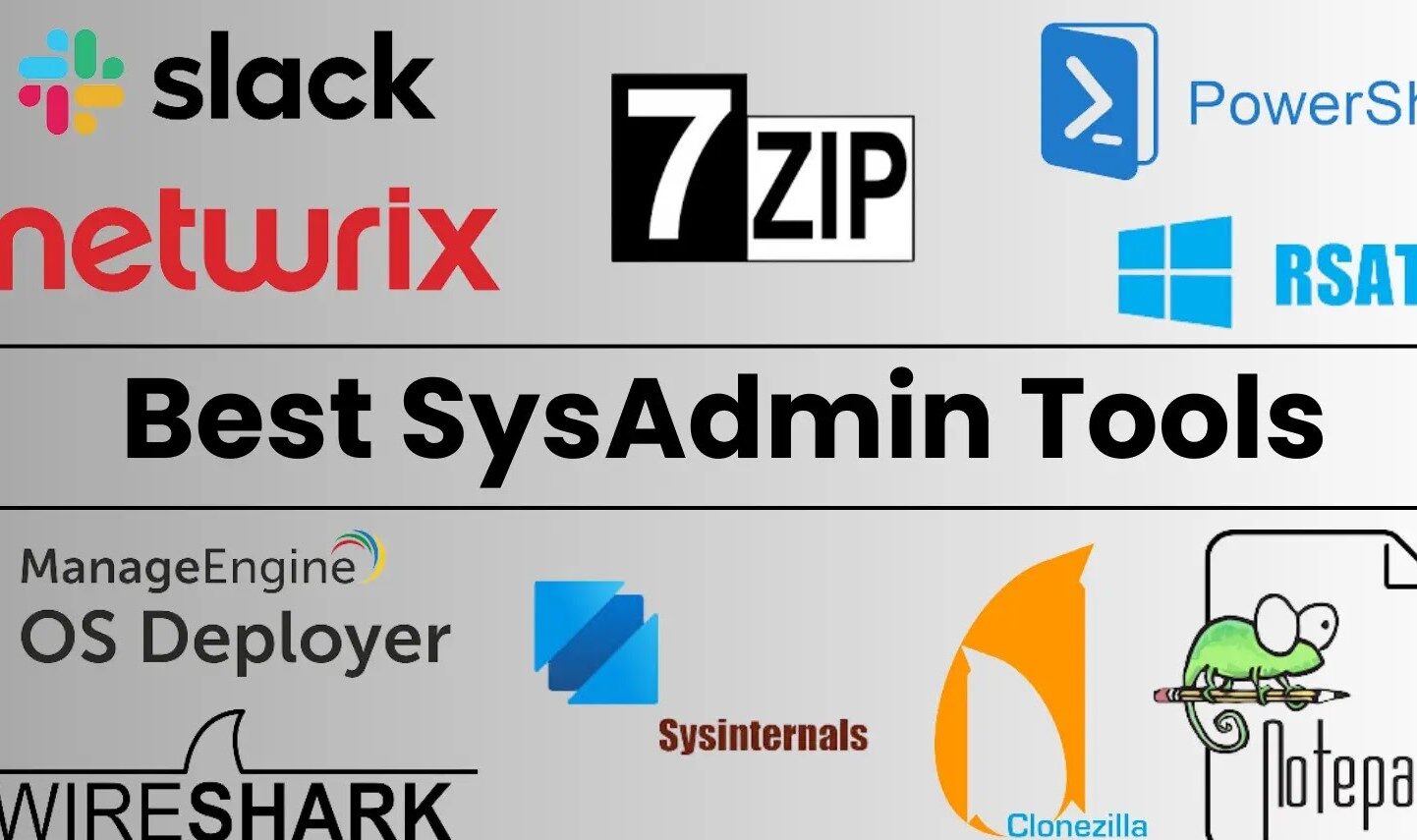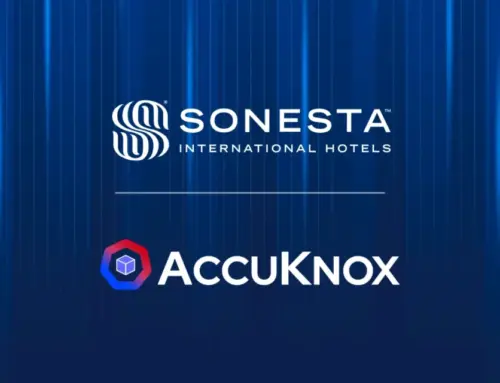
Top 11 Best SysAdmin Tools in 2025
In the dynamic landscape of modern IT, system administrators (SysAdmins) serve as the bedrock of organizational effectiveness and security. Their ability to ensure seamless operations, protect critical data, and optimize infrastructure performance is directly tied to the quality of their toolkit. As IT environments become increasingly complex, embracing hybrid configurations and multi-cloud strategies, the demand for powerful, reliable, and intelligent SysAdmin tools has reached an unprecedented level. This guide delves into the top 11 essential SysAdmin tools projected to define efficiency and security for IT professionals in 2025.
The Evolving Role of the SysAdmin
Traditionally, SysAdmins managed on-premise servers and networks. Today, their responsibilities encompass cloud resource management, container orchestration (e.g., Kubernetes), cybersecurity posture management, and automation. This expanded scope necessitates a robust set of tools that can provide comprehensive visibility, automate routine tasks, and facilitate rapid troubleshooting across diverse environments. Choosing the right tools is no longer a luxury but a strategic imperative that directly impacts an organization’s uptime, security, and operational costs.
Key Criteria for SysAdmin Tools in 2025
As we look to 2025, the best SysAdmin tools will exhibit several critical characteristics:
- Hybrid Cloud Capability: Ability to manage resources across on-premise, private cloud, and public cloud environments.
- Automation and Orchestration: Support for automating repetitive tasks, provisioning resources, and orchestrating complex workflows.
- Real-time Monitoring and Alerting: Comprehensive performance monitoring, log analysis, and configurable alerts for proactive issue detection.
- Security and Compliance: Features that help enforce security policies, detect anomalies, and assist with compliance audits.
- Scalability and Integration: Capacity to scale with organizational growth and integrate seamlessly with existing IT ecosystems.
- User-Friendly Interface: Intuitive dashboards and easy-to-navigate features, even for highly complex operations.
Top 11 Best SysAdmin Tools in 2025
Based on their current capabilities, market trajectories, and alignment with future IT demands, here are the leading SysAdmin tools for 2025:
1. SolarWinds
SolarWinds remains a dominant force in IT management. Its comprehensive suite covers network performance monitoring (NPM), server & application monitor (SAM), and security event management (SIEM). Its deep insights into performance metrics and extensive alerting capabilities make it invaluable for identifying and resolving issues rapidly. While incidents like CVE-2020-10148 highlighted supply chain security, SolarWinds has significantly bolstered its security practices, reinforcing its commitment to its user base.
2. PRTG Network Monitor
PRTG Network Monitor from Paessler delivers an all-in-one monitoring solution for networks, servers, applications, and virtual environments. Its agentless monitoring approach simplifies deployment, and its customizable dashboards provide excellent visibility. PRTG is known for its ease of use and comprehensive sensor types, making it suitable for organizations of varying sizes.
3. Zabbix
Zabbix is a powerful open-source monitoring solution renowned for its flexibility and scalability. It can monitor virtually any IT component, offering extensive data collection, visualization, and alerting features. Its open-source nature means a vibrant community and no licensing costs, though it requires more technical expertise for initial setup and maintenance.
4. Datadog
Datadog provides a unified platform for monitoring, logging, and tracing applications and infrastructure. Its cloud-native design makes it particularly strong for managing modern, distributed systems, containers, and serverless architectures. Datadog’s AI-driven alerting and machine learning capabilities for anomaly detection provide proactive insights.
5. Chef
Chef is an automation platform for managing infrastructure as code (IaC). It enables SysAdmins to automate virtually every aspect of IT infrastructure, from server provisioning to application deployment. Chef’s declarative language ensures consistent configuration across environments, dramatically reducing manual errors and speeding up deployments.
6. Puppet
Similar to Chef, Puppet is a robust configuration management tool that automates software delivery and infrastructure management. Its model-driven approach allows SysAdmins to define desired states, and Puppet ensures systems conform to those specific configurations. It integrates well with various cloud providers and CI/CD pipelines.
7. Ansible
Ansible, now part of Red Hat, stands out for its simplicity and agentless architecture. It uses SSH for communication, making it easy to deploy and manage without installing client software on managed nodes. Ansible is widely used for configuration management, application deployment, orchestration, and provisioning, especially in hybrid cloud environments.
8. Nagios
Nagios Core and Nagios XI offer powerful open-source and commercial monitoring solutions respectively. Nagios provides extensive monitoring of network services, QoS, servers, and applications. Its highly customizable plugins and community support make it a foundational tool for many IT operations teams, known for its reliability and alerting capabilities.
9. Splunk
While often categorized as a SIEM, Splunk’s powerful data collection, indexing, and search capabilities make it an indispensable SysAdmin tool for operational intelligence. It can ingest data from any source, allowing SysAdmins to monitor infrastructure, troubleshoot issues, perform root cause analysis, and ensure compliance by analyzing logs and machine data.
10. PowerShell
PowerShell is a command-line shell and scripting language developed by Microsoft. For Windows environments, it’s an absolute powerhouse for automation, system management, and configuration. Its deep integration with Windows services, Active Directory, and various Microsoft products makes it indispensable for any SysAdmin operating in a Microsoft ecosystem.
11. Linux Command Line Tools (Bash/Zsh)
For Linux-centric environments, a mastery of command-line tools remains paramount. Tools like grep, awk, sed, find, top, htop, netstat, ss, and various package managers (apt, yum, dnf) offer unparalleled control, diagnostics, and automation capabilities. Strong proficiency in Bash or Zsh scripting is fundamental for efficient Linux system administration.
Remediation Actions for Tool Vulnerabilities
While the tools mentioned are highly valuable, it’s crucial for SysAdmins to stay vigilant about potential vulnerabilities within the tools themselves. Proactive measures include:
- Regular Patching: Implement a rigorous patching schedule for all SysAdmin tools, applying updates as soon as they are released.
- Principle of Least Privilege: Configure tools and user accounts with only the necessary permissions.
- Secure Configuration: Ensure tools are configured securely, disabling unnecessary services and features.
- Network Segmentation: Isolate management networks and tools from less secure parts of the infrastructure.
- Monitoring Tool Health: Monitor the security logs and performance of your monitoring and management tools themselves.
- Vulnerability Scanning: Regularly scan systems where these tools are deployed for known vulnerabilities (e.g., using CVE databases like cve.mitre.org).
Conclusion
The role of a SysAdmin is continually evolving, demanding a sophisticated and adaptive toolkit. The 11 tools highlighted here represent the best of breed for 2025, offering solutions for comprehensive monitoring, robust automation, efficient configuration management, and deep operational insights. By strategically adopting and mastering these tools, SysAdmins can ensure their organizations remain agile, secure, and performant in an increasingly complex digital world. Continuous learning and adaptation, coupled with a strong focus on tool security, will be critical to success.





